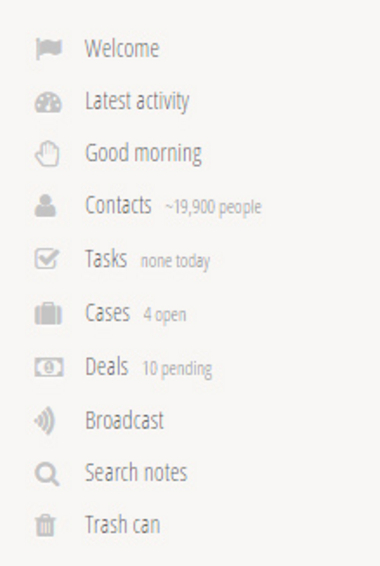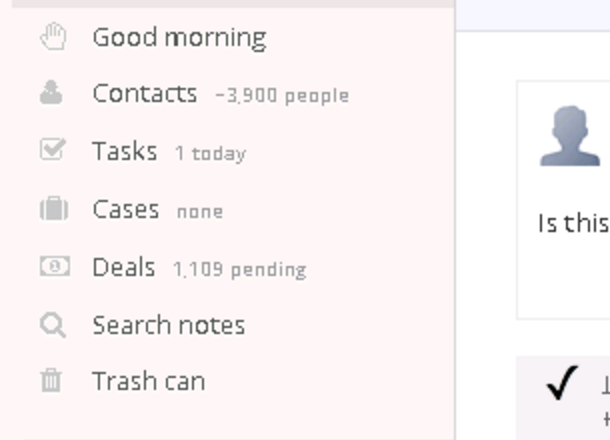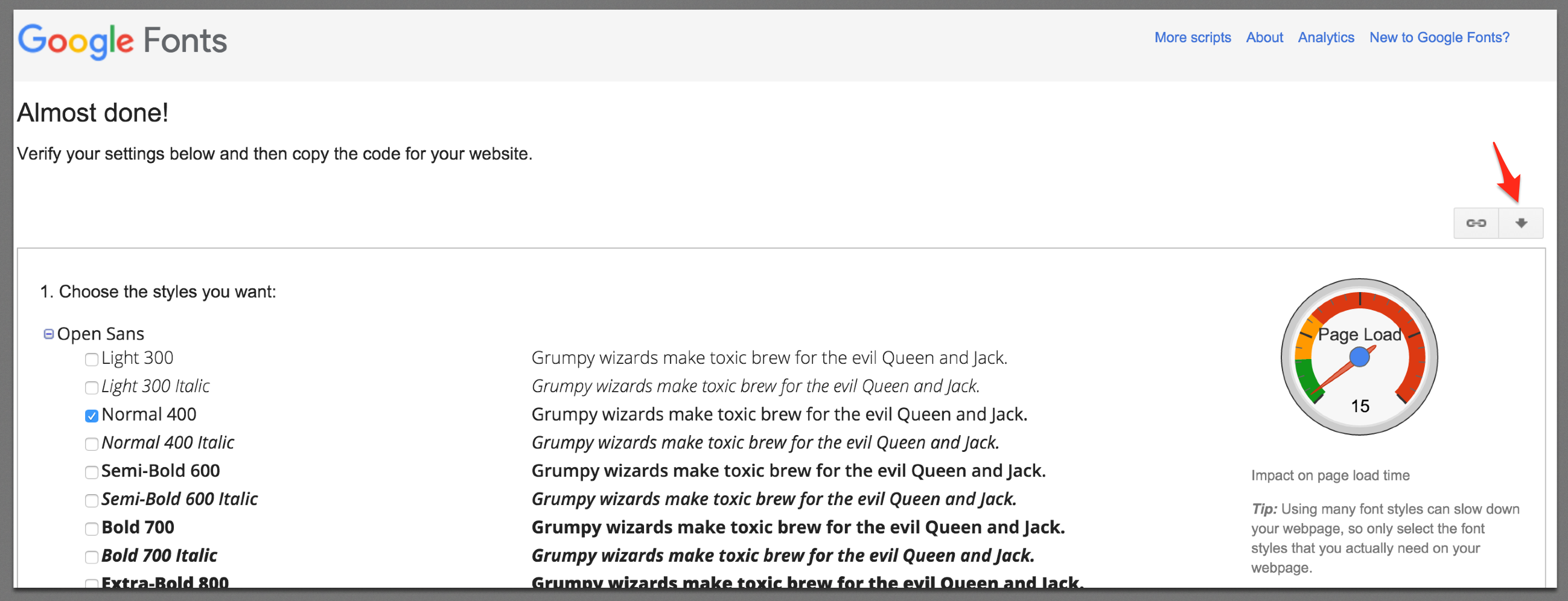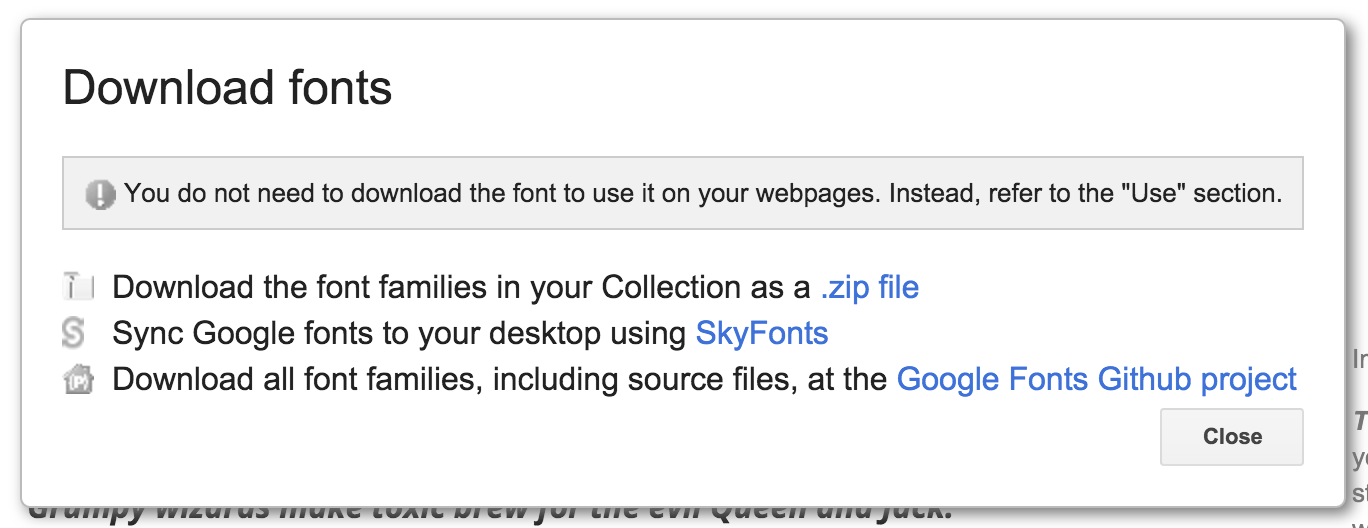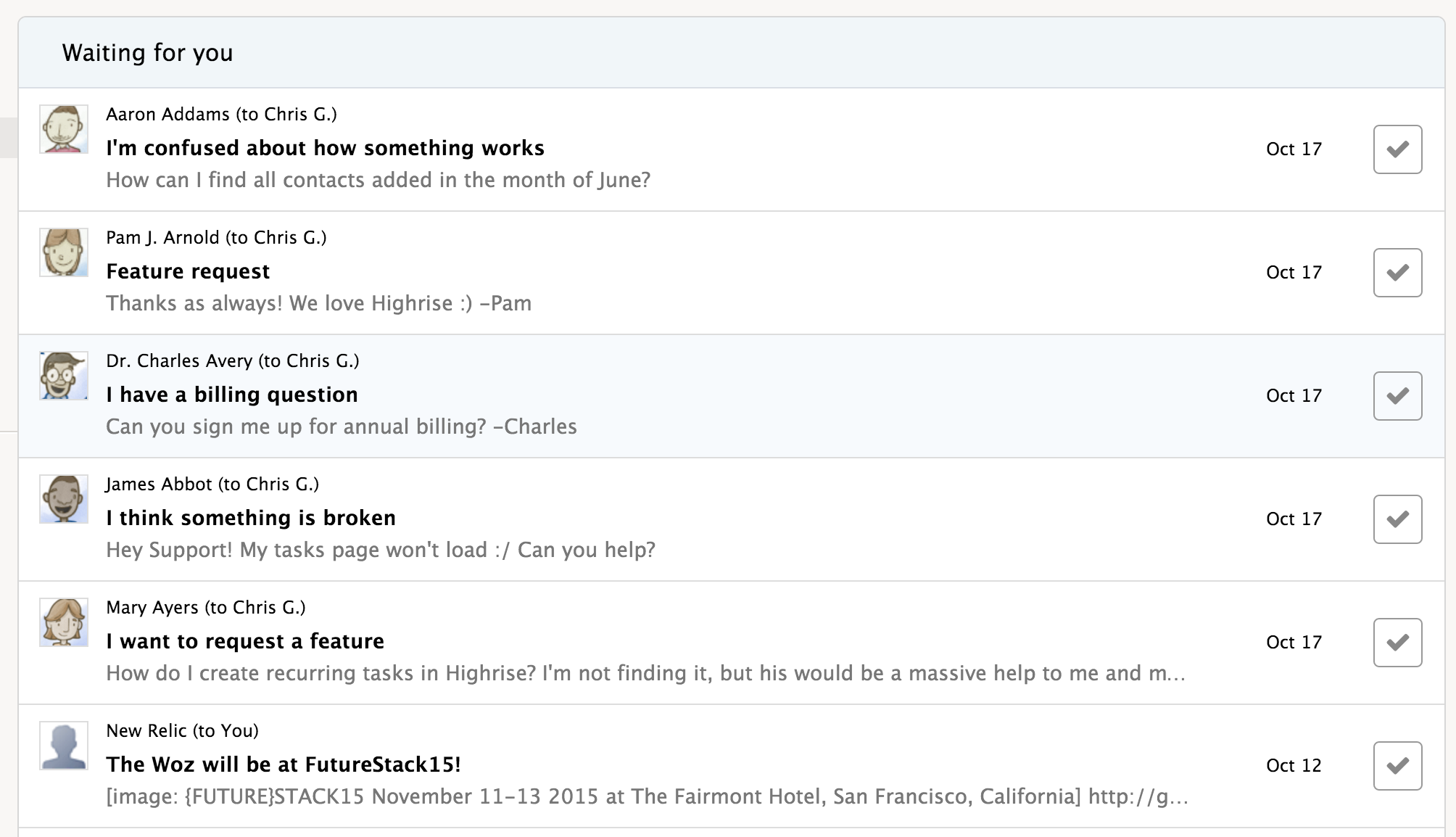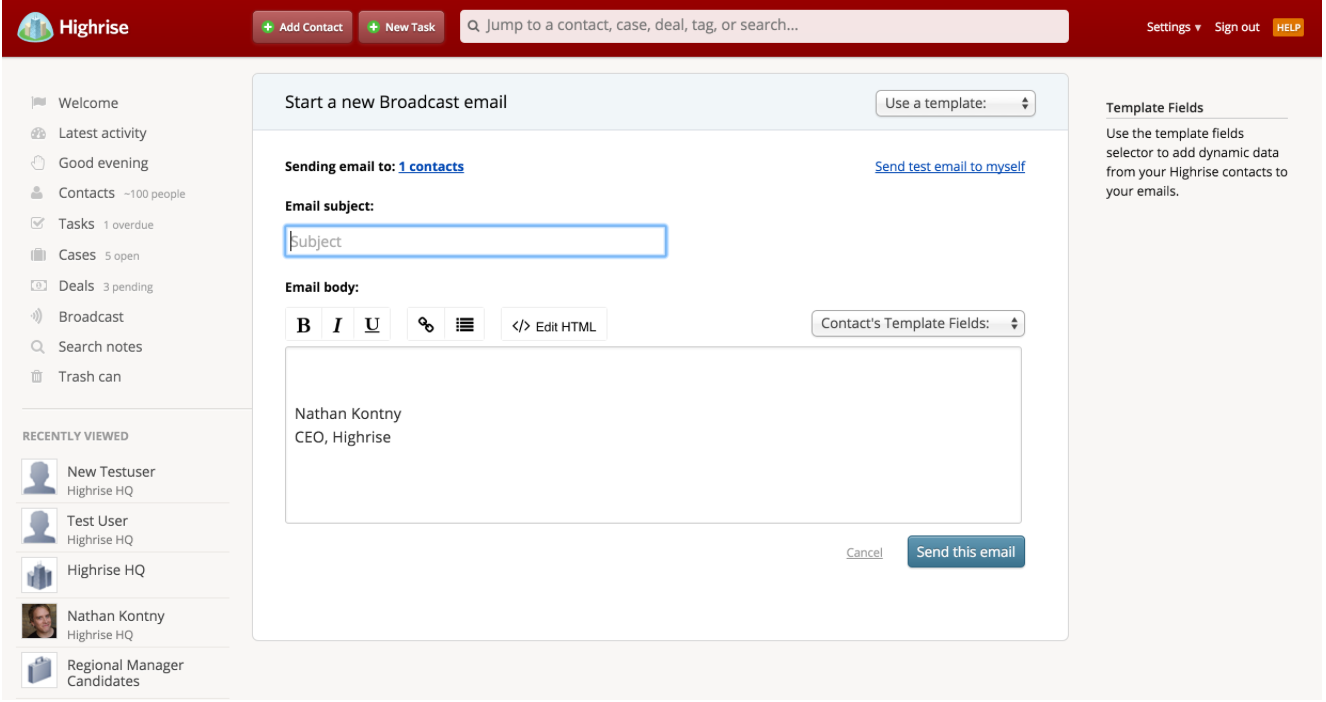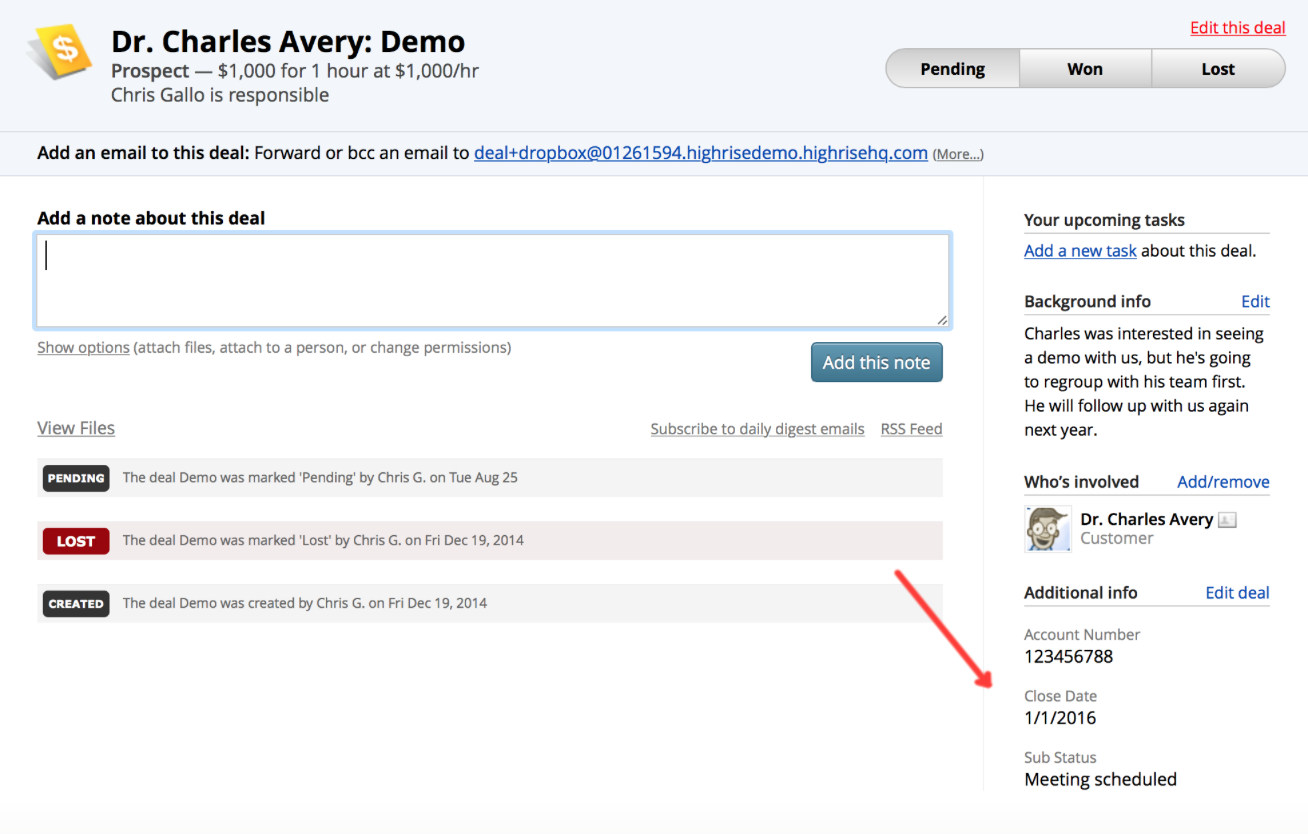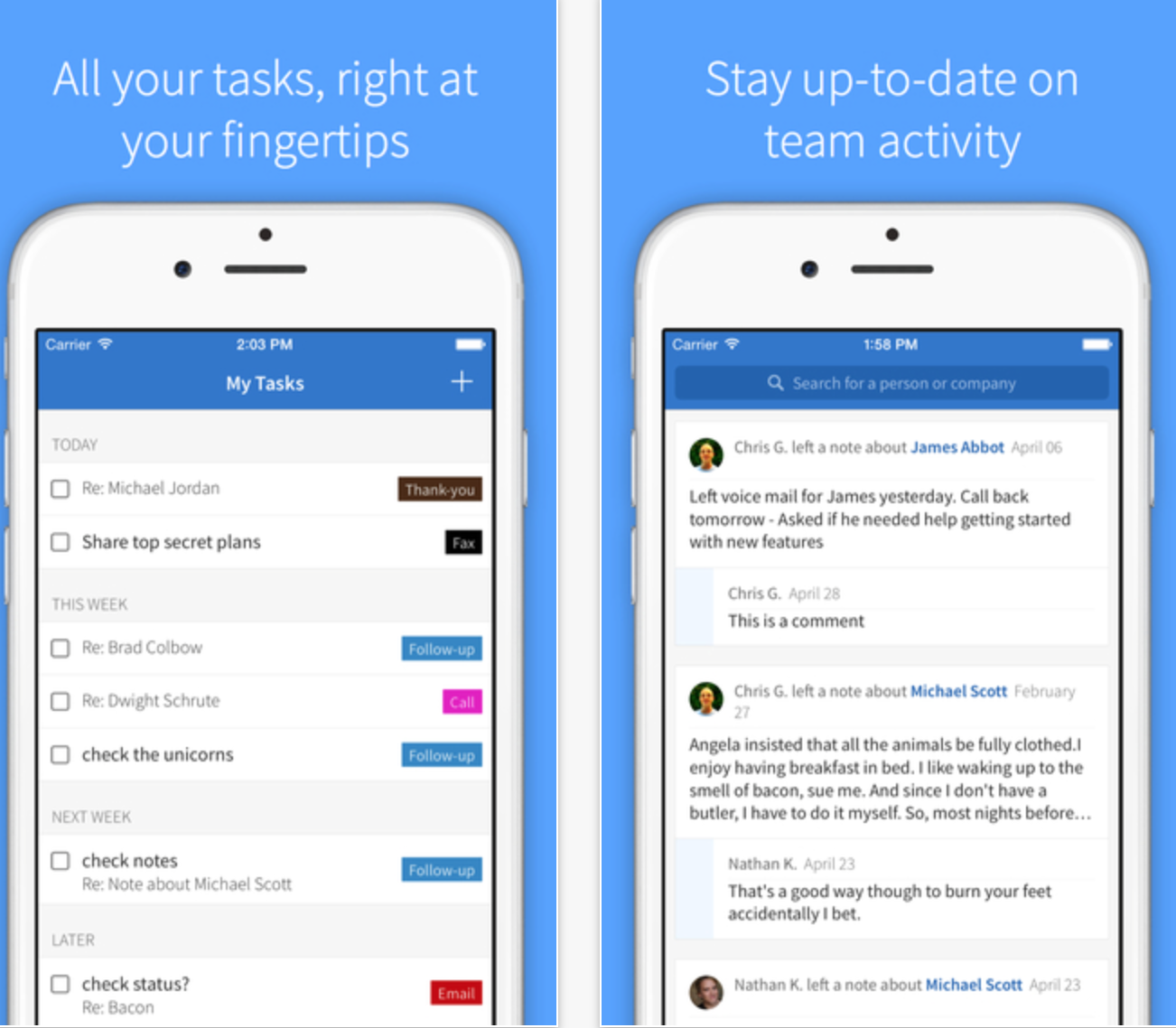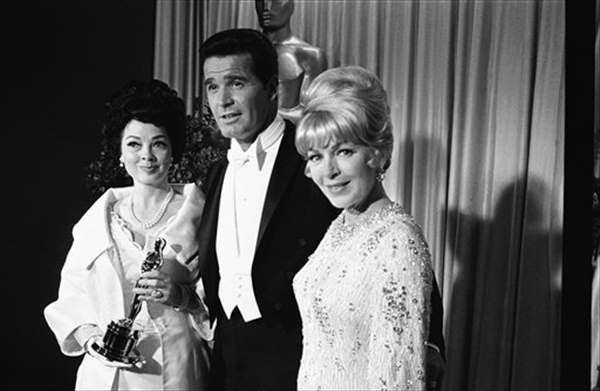
Is it unrealistic to expect free UI design help? I am working solo on my startup and could really use some help in UI. I am a backend developer and have next to no clue regarding color schemes, typography etc. I have no money to spare either as i quit my job to work on my thing. Can i find anyone online who is willing to lend me a hand in UI design for free ? If so, how and where can i find them ?
The short answer: yes, it’s unrealistic to expect free design help. Why would you expect free work from anyone, unless you’re giving away free work too? Of course, maybe you can find someone in a similar spot who’d like to barter. Hackathons are a great place to find people trading services and potentially great business partners.
But the better answer is: Why are you stuck looking for someone at all? Why get yourself in a corner only someone else can get you out of?
“Because I’m a developer not a designer.” Or vice versa. Or “I’m XXX, and I’m not good at YYY.” Right?
In 2013, a young, filthy and malnourished puppy named Kobe was found as a stray. He was clearly uncared for. Also, his ears were “cropped”. Cropping is the practice of cutting a dog’s ears, and is banned across Europe. Though it isn’t largely banned here in the US, a majority of veterinarians find the practice unethical, since it’s difficult to prove cutting a dog’s ears has a positive impact other than cosmetic.
But that’s not the worst part. The folks who found him believe his previous owners had tried cropping Kobe’s ears themselves with kitchen scissors.
Kobe is also a Dogo Argentino mix, a breed of dog falling into the “bully breeds”, or pit-bull looking type dogs. “Bully breeds” are the most euthanized breed of dog. 75% of pit bulls are killed immediately upon being put in city shelters. And Kobe was now on the list to get euthanized.
But here, Kobe’s luck turned.
Lucky Dog Rescue of Chicago found Kobe and fostered him, until the Shedd Aquarium of Chicago stepped in and adopted him. Kobe is the fifth dog the Shedd has rescued, and what’s interesting is that they raised and trained him the “Shedd way”, using many of the same positive reinforcement methods they use to train their dolphins.
Today, you can now see Kobe performing a multitude of tricks with his trainers during the One World dolphin show that is incredibly packed with people. Kobe is a hit 🙂
Apart from the lessons we should take from this story about responsible dog ownership and breeding, I think there’s something else that’s very interesting about Kobe and the Shedd.
I remember getting my first dog, Ewok, at the age of 10. She was a beautiful dog, and very much looked like an ewok from Star Wars. I also remember how much I wanted to teach her all sorts of fancy tricks.
Starting with the basics, I tried to get her to sit, lay down and stay. I’d push her butt down, or tug her legs so she’d end up laying down. I was gentle, but I definitely remember trying to push her body to get her to understand what I was trying to get her to do.
And I failed miserably.
She naturally followed close to my dad on walks and was was a great dog. But she never did learn to follow any commands. My dad even built a dog run for her to keep dog waste out of our yard, and that went completely unused.
When I grew up, my wife and I rescued a Husky/Shepherd mix named Bailey, and I wanted to do a better job than I did with Ewok. So we enrolled Bailey in a puppy obedience class — 2 hours, one day a week, for 8 weeks.
And sure enough she picked up stuff quick: sitting, staying, laying down. Even fist bumps, and bowing. I’ve even gotten her to know the difference between her left and right paws on command. And… we can do a trick where she can do math 🙂 She’s just that good at following my non-verbal commands, people don’t notice how the trick is done.
The class made all the difference.
But here’s the thing. The class wasn’t for her. It was for me.
Ewok’s problem wasn’t that she didn’t pick stuff up as quickly as Bailey. It was because I was clueless on how to train a dog.
Our obedience instructor showed me how powerful positive reinforcement was. I could reward Bailey while she naturally did something and then start attaching commands to those same things. So instead of forcing and failing to get Bailey to do something, she just picked up all sorts of things she did before and now thought worth doing again when I asked her to.
It didn’t take a lifetime of learning to be a Shedd dolphin trainer. All it took was 16 hours of learning a new “vocabulary”.
Granted there are people far greater than me at training animals. People who study this stuff their whole lives. But in just 16 hours I opened up a new world and was able to enrich the experience Bailey and I have together in our family.
People often assume that I have better hearing abilities than “normal” people, but this is not true. What is different is that I’ve been trained to have a vocabulary that many people don’t have. So, for example, where most people would say that a particular loudspeaker sounds “boomy”, I might say that there is a problem with resonance at 78 Hz. We hear the same problem — we just express it differently.
Geoff Martin
Geoff is a Tonemeister, at Bang & Olufsen, the oldest consumer electronics company in the world where they create some of the highest performing audio electronics on the market. Geoff is a master at his craft, but I think he captures perfectly something people miss.
We often look at the people who can accomplish things that we can’t and we just assume they have a talent we’ll never have. They can design things. I can’t. I can’t even draw. They can develop software. I can’t. I have trouble with calculating tips at restaurants. They can build businesses. I can’t. I’ve never even been able to sell the junk in my garage for pennies on Craigslist.
But, what we fail to recognize is how much these folks are accomplishing in that other domain because they simply have a different vocabulary than we have. Sure sometimes that vocabulary might take a decade of medical school to obtain, but others can just take 16 hours. And the impact is palpable in your life.
I was stuck in the same spot as RedditorFor8Years when I was getting done with the Obama campaign in 2012. I was a “software engineer”, and I wanted to build so much, but I didn’t have the money to hire anyone to help out with design. So I decided to see if I could level up my vocabulary.
I started reading books like Bootstrapping Design. Learning a few bits about the difference between serif and sans-serif fonts. Why something can look better by just paying attention to how it’s aligned. Learning how color palettes work. Slightly redesigning other folks homepages to experiment.
With just a slightly better vocabulary and a little bit of practice, I found myself designing things that looked a lot more “professional” than I could ever imagine myself doing.
When Draft was launched, that small upgrade to my vocabulary paid off. I started hearing from people, “Great design!”
Really impressed by @gooddraft lovely web app, lovey design, regular feature updates. Hemingway mode looks really sweet. Kudos.
— Matthew Jackson (@matthewbeta) September 18, 2013
When I took over Highrise, I was in a similar spot. I was taking over with very little hand holding. Had to build a team from scratch. I didn’t have any designers I could immediately bring on for help.
But… we were bleeding customers. Folks had gotten the impression Highrise was shutting down. I needed to make improvements to the product pronto and get the news out that the product was vibrant, or we were going to be in an even bigger hole.
I couldn’t just sit here for months vetting designers. But I didn’t have to.
When we made changes to Highrise, I now had a vocabulary to make sure the stuff we were putting out looked great. When we made a change, I didn’t have to just throw my hands up and complain that it didn’t look right. I could express myself that the colors were off, the text wasn’t aligned properly, there wasn’t enough white space between the fields. Just having the right vocabulary now gave me insight into the variables we could tweak.
Of course, I didn’t replace my need to hire skilled designers (and now I’m surrounded by some really talented folks), but when I find myself in a pinch, I don’t just give up.
Many of the things we need from other people aren’t the product of being blessed with some god-given gift. But something they’ve been trained to do. And those fields have low hanging fruit that would make enormous improvements in our lives with just a little bit of training and 16 hours of free time.
And please check out what we’re now doing at Highrise. It’s a very awesome tool to help manage who you talk to, what was said, and when you need to follow up.


